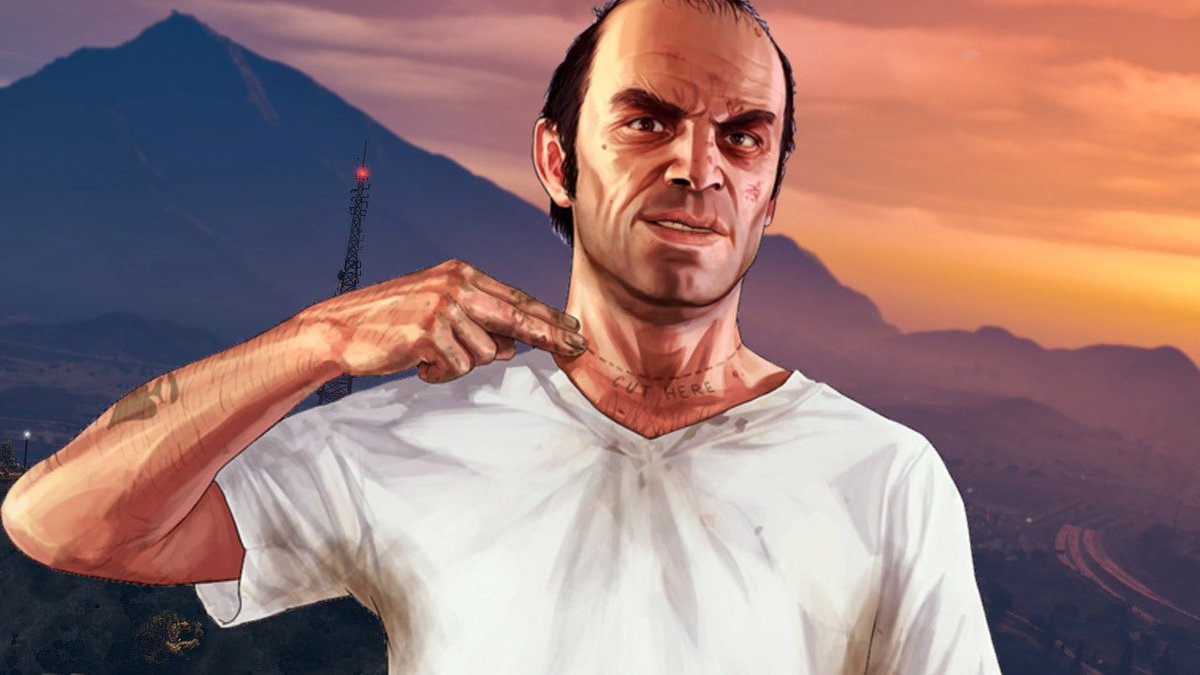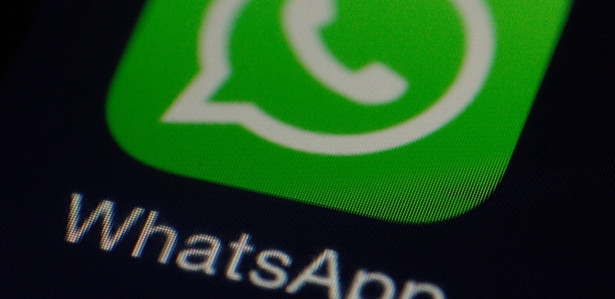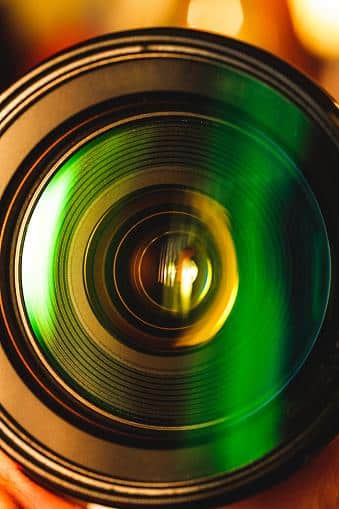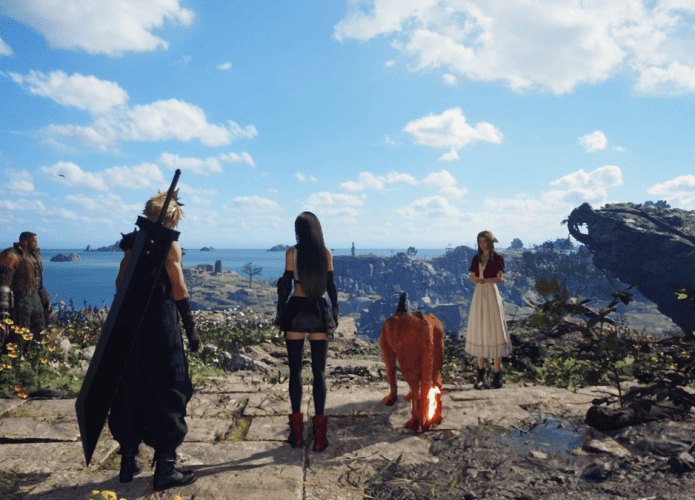
Soon, Comet Leonard will make a unique tribute to Earth.
The star, nicknamed in some ways a “Christmas comet,” was discovered in January of this year, when it was between Mars and Jupiter, and NASA scientists have already tracked the orbit it follows toward the sun.
The good news is that Leonard can be seen with the naked eye in Latin American countries. Of course, the weather must be just right for us to be able to see Leonard before sunrise.
It will be in mid-December, between 12 and 14, when it can be best seen, as it will be at its closest point to Earth.
However, scientists cannot pinpoint an exact date of its peak because the dust and gas emitted from it are unpredictable.
“Although comets are difficult to predict, Comet Leonard will become visible to the naked eye in December, according to some estimates,” NASA says.
When and where will it be seen?
Comet C/2021 A1, discovered by Gregory J. Leonard (hence its name) was first seen as a “faint spot” in early 2021, when it passed through Mars’ orbit.
Subsequent observations and analyzes of scientists showed that it was a comet with a long orbital period, about 80,000 years – so its appearance near Earth is an extraordinary sight.
NASA instrument showing Leonard (white) at his closest point to Earth (in blue) on December 12 – Image: NASA
On December 12, Leonard will be at its closest point on Earth’s path, about 35 million kilometers away.
At about that time, before dawn, Leonard will appear with the naked eye almost anywhere in the world.
In the case of America, the northern hemisphere would have a better perspective of its closest pass to the planet. In the countries of North and Central America, as well as the Caribbean, it can be seen to the east of the horizon.
NASA explains that in the second half of December, it will reverse its position from north to south, so people in Brazil and other South American countries will be able to see it near the western horizon.
When there is a clear sky, it will be possible to see the tail of the comet with the naked eye. But binoculars can make it easier to find and track you.
NASA took this photo of Leonard a little over a week ago, when he was already showing a cloud of green dust and gas and the characteristic dust “tail” that these space objects have.
NASA explains, “The foreground image consists of 62 images taken with a medium-sized telescope: one set of exposures tracks the comet, and another set tracks background stars.”
After reaching perihelion, the closest point to the Sun in its orbit, Leonard will return to the depths of space on a journey spanning thousands of years.

“Web geek. Wannabe thinker. Reader. Freelance travel evangelist. Pop culture aficionado. Certified music scholar.”






